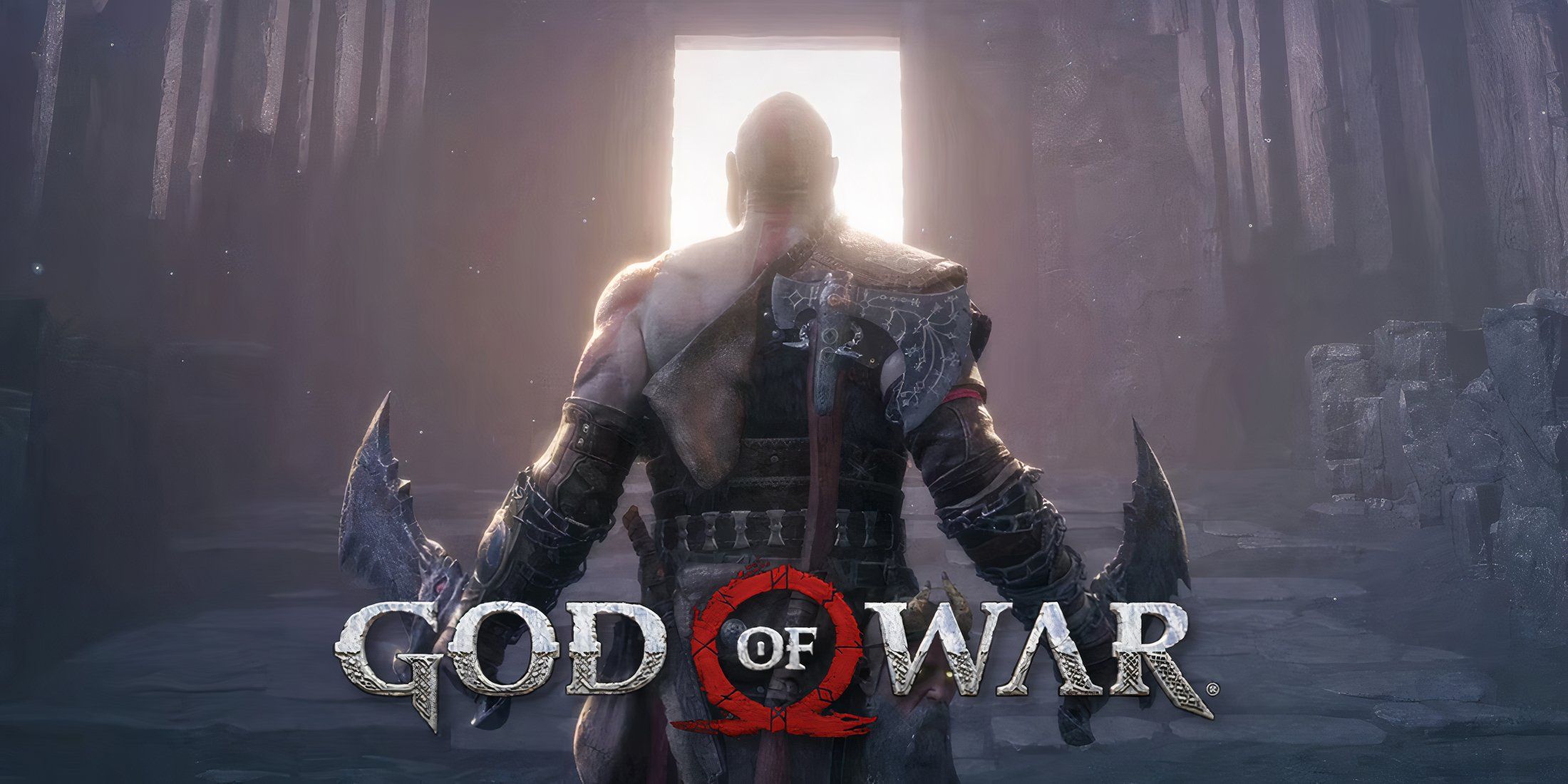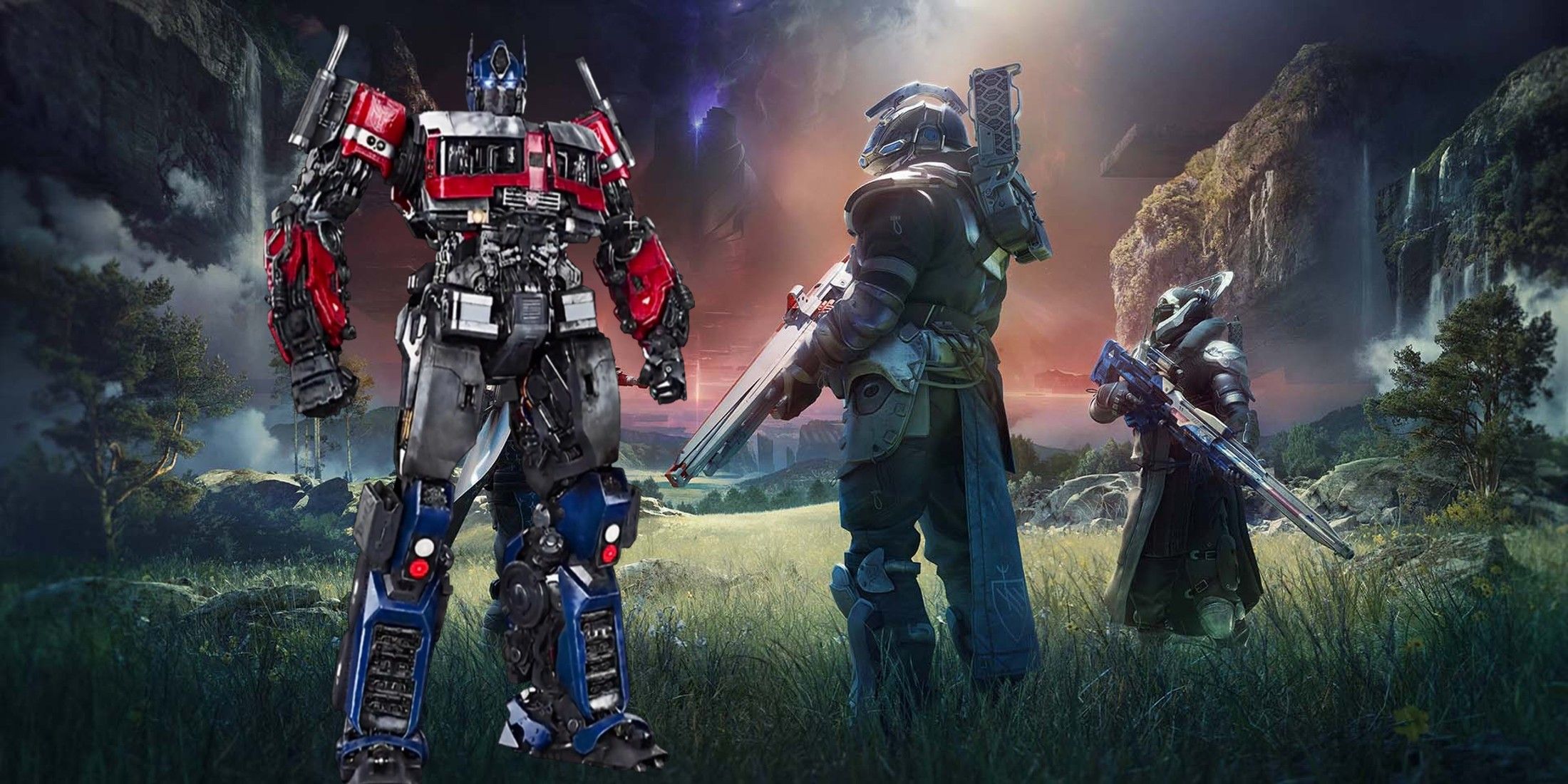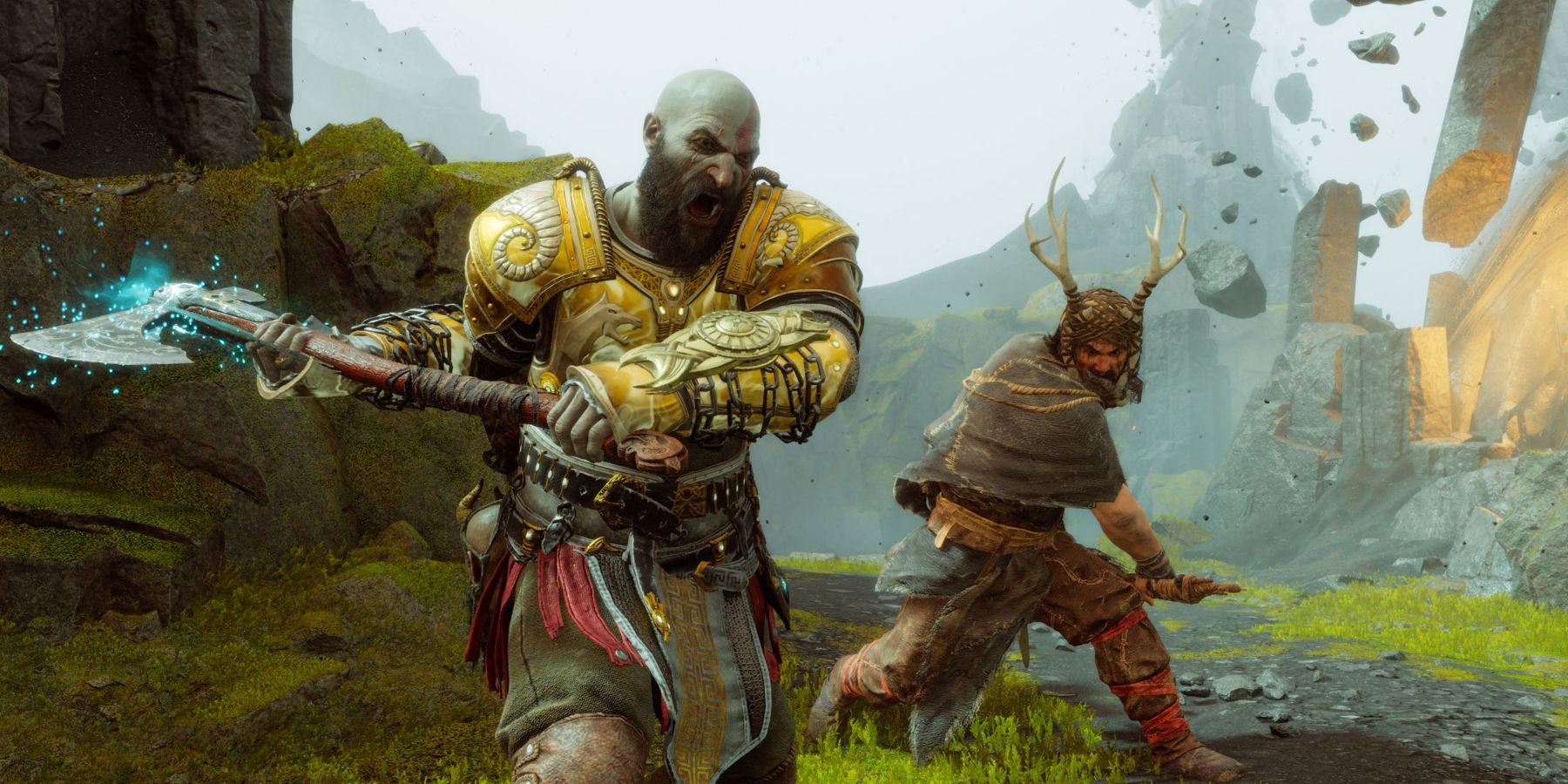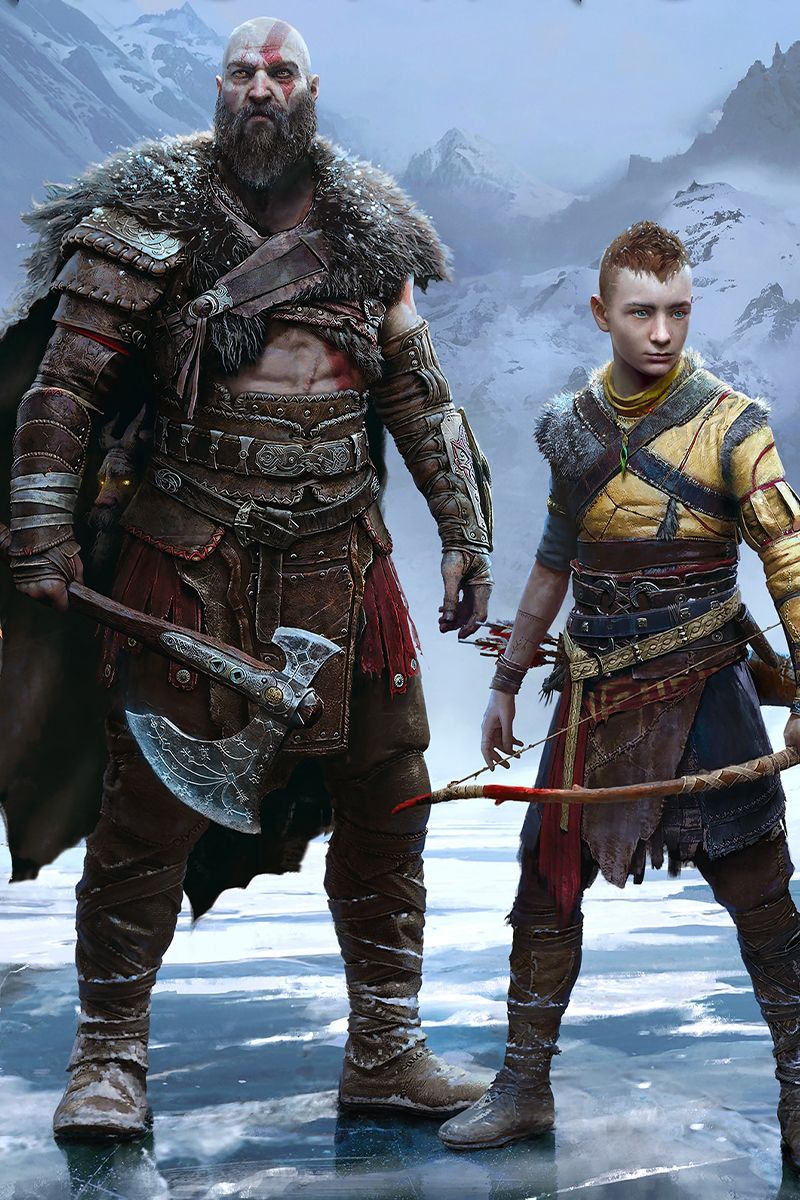Highlights
- Valhalla's difficulty setting affects the amount of rewards gained, with higher difficulties yielding higher rewards. These rewards, called Mastery Seals, can be used to permanently upgrade Kratos' stats and make him more powerful in God of War Ragnarok.
- The weapon that Kratos has equipped determines the type of Runic Attacks he can access through upgrade chests. Players should keep this in mind when forming their builds in each run.
- It is more advantageous to heavily upgrade a single weapon during Valhalla runs rather than spreading upgrades across all three. A significantly upgraded weapon's attack power will outweigh enemy resistances and be more effective against most standard enemy types.
God of War: Ragnarok's free Valhalla DLC has arrived, serving up a formidable challenge for even the most seasoned of series veterans. Aside from ramping up God of War Ragnarok's difficulty, the DLC adds a host of new features and gameplay fundamentals that are worth getting familiar with before jumping in.
Valhalla is, in essence, both an epilogue for the base game's narrative and a remixing of its gameplay loop. Just like Sony's upcoming No Return game mode for The Last of Us Part 2, Valhalla takes the foundations of God of War: Ragnarok's combat and places them within a roguelike structure, making for an experience characterized more by constant progression and RNG-aided variety than by traditional action-adventure or RPG conventions. With that in mind, there are a few less obvious elements of the game mode that potential players should be apprised of.

Why The Last of Us 2's Roguelike Might Pale in Comparison to God of War Ragnarok's
God of War Ragnarok and The Last of Us 2 recently announced exciting roguelike modes, but Ragnarok's may pip TLoU2's experience for one key reason.
The ABCs of God of War Ragnarok's Valhalla DLC
Valhalla's Difficulty-Based Rewards Are Important
Valhalla's unique approach to roguelike gameplay is apparent from the very start, when players are asked to select a difficulty setting, an option that isn't typically associated with the genre. The UI makes it clear that the chosen difficulty setting will modify the amount of rewards gained in-game, with higher difficulties yielding higher rewards. However, what exactly these rewards do is not explicitly stated.
As it turns out, the rewards play a major role in how the player will progress through the Valhalla game mode. In another move that is atypical of the roguelike genre, Valhalla allows players to permanently upgrade Kratos' health, rage, and attack and defense stats between runs, using a currency called Mastery Seals. Playing on higher difficulties helps the player earn more Mastery Seals, which in turn allow Kratos to grow significantly more powerful. Since some of God of War's greatest challenges are in Valhalla, it's crucial to find a good balance between difficulty setting and reward acquisition, as this will provide the best-optimized, most enjoyable experience.
Difficulty setting in Valhalla also impacts the acquisition of another currency known as Fleeting Echoes, though these are used to purchase health packs and other temporary upgrades that expire at the end of each run, and are less significant overall.
Kratos' Equipped Weapon Impacts Available Runic Attack Upgrades
A staple of the roguelike genre that is featured in the Valhalla DLC (and one that will surely appear in The Last of Us 2's No Return mode) is the steady drip of substantial upgrades that the player can access after each level. Valhalla's upgrades are often very closely tied to Kratos' three weapons, with a special emphasis being placed on unlockable Runic Attacks.
Something that the game doesn't make very clear is the fact that the Runic Attacks offered through upgrade chests will vary depending on which weapon Kratos has equipped, that is, whichever weapon the player is actually holding. So, for instance, if the player has the Draupnir Spear equipped when they open the upgrade chest, they will be guaranteed access to Runic Attacks for the Draupnir Spear, but not the other two weapons. Players should keep this in mind when forming builds in each run.
It's Best to Build Around One Weapon
While many God of War: Ragnarok enemies are vulnerable to specific weapons, it's still advantageous to greatly buff a single weapon during Valhalla runs rather than attempt to spread upgrades out across all three. This is because, after a certain point, the heightened attack power of a considerably upgraded weapon will end up outweighing certain enemy resistances, while being a boon against most standard enemy types. There may still be instances when switching to another weapon temporarily will be the best move, but these are too few to warrant missing out on stacked upgrades for a single weapon.




